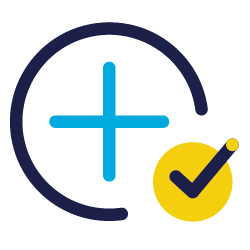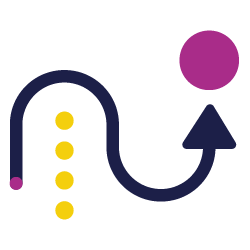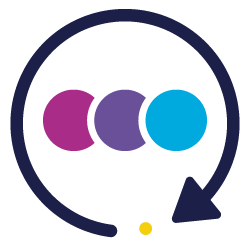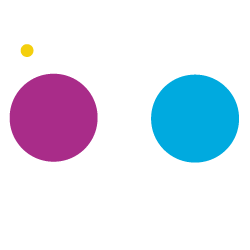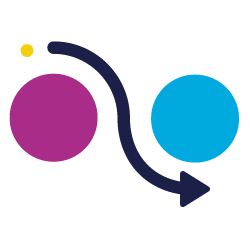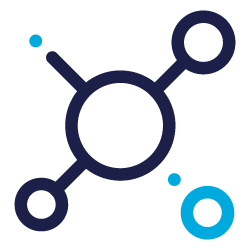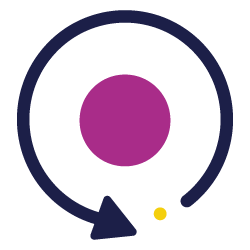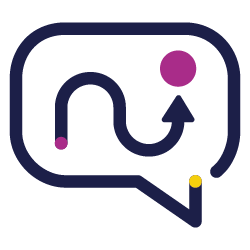

Making Sense of the Martech Landscape: Lessons from Henry Stewart DAM LA
Attending the Henry Stewart LA Conference was an enriching experience that brought together experts, thought leaders, and innovators from around the country offering a platform to share insights, learn about new technologies, and network with peers.
While inspiring, conferences like this can also be an overwhelming experience with momentum being lost once everyone returns home to their day jobs if you don’t take time to reflect on what you learned and how to apply it. So I have attempted to do just that with this blog post in hopes that it will help others.
Reflecting on my own personal takeaways from the conference, one that stood out was how complex the content Martech space can be. At Henry Stewart, there were so many topics discussed, technologies highlighted, and best practices shared. Henry Stewart was the culmination of three things: People, Processes and Technology. But where do you start? In this blog post, I will help navigate these very things from the different technologies, why you need them, and what additional resources exist to help you on your journey. Thus, I hope this blog post is helpful whether you are a seasoned practitioner, or just starting your journey!
.png?width=1482&height=1111&name=MicrosoftTeams-image%20(10).png)
Photo from the session "When DAM met PIM... Is it a lasting relationship?", moderated by Michael Weeman, ICP's Managing Director, Americas
Where do I begin?
In today's business world, where data is king and time is the most valuable resource, organizations must rely on powerful tools to manage their digital assets and product information. Two of the most popular tools for this featured at Henry Stewart are Digital Asset Management (DAM) and Product Information Management (PIM) platforms. Choosing the right DAM or PIM platform can be challenging, with many factors to consider from features, integration, scalability, ease of use and support. Each platform offers unique features and solves different business challenges. While there are a plethora of platforms to choose from, below were a few different ones featured at Henry Stewart. Each one offers a unique solution and has different features to meet the needs of your business.
- Orange Logic – creates digital asset management systems designed to help your whole enterprise. Get preservation, brand management, template management, storefronts, time management tools, and more--all in one DAM system.
- Bynder – rooted in a powerful and intuitive DAM solution, Bynder's integrated ecosystem of marketing tools unifies and transforms the creation and sharing of assets efficiently and at scale by automating menial tasks.
- Tenovos – is a data-first DAM platform, intuitively designed to empower brands to streamline and automate the traditional complexities of creating and activating global content.
- 4ALLPORTAL – Maybe a separate DAM and PIM aren’t what you need and you are looking for a simple platform that can do both? 4ALLPORTAL is a DAM, PIM and Brandshop all in one designed to minimize the time and effort of managing separate platforms, allowing you to focus on creativity and productivity.
If you already have a DAM or PIM, but are looking to enhance it or have additional problems it doesn’t solve, there were several interesting platforms featured at Henry Stewart that work in harmony with your DAM. Below are a few I found interesting that I recommend checking out:
- Smint.io – integrates with almost any content source, including DAM, to create a beautiful, intuitive interface that eliminates content silos and creates a unified content experience for every user, no matter which content source they prefer.
- Bluescape – is visual workspace for collaboration and creativity that easily integrates with your existing software like DAM and PIM in order to create seamless collaboration across teams and departments, no matter where in the world they are.
- Mimir – used to collaborate, share and use AI technologies, including ChatGPT, to automatically find objects and persons in your media assets, transcribe videos automatically, translate transcripts, and for other automatic metadata logging.
People and Processes
Technology can be a powerful tool that helps solve many business challenges. However, technology on its own is not enough. It requires the integration of people and processes to reach its full potential. When choosing a platform, it’s important to find the one that fits your business needs. However, without a roadmap and the right people to help you stay on course, the technology will never live up to expectations. All of the technology vendors I spoke with at Henry Stewart confirmed the importance of people and processes to make their technology live up to expectations. In fact, a few even mentioned the importance of an external expert to help you with the journey, as they bring a different perspective and experience with many clients that have likely dealt with the same issues facing your business internally.
Conclusion
In conclusion, people, process, and technology are essential components of any successful business. While each component can bring significant benefits on its own, it's the convergence of these components that enables businesses to achieve their full potential. By investing in people, documenting processes, and leveraging technology, businesses can drive growth, increase efficiency, and create a competitive advantage in the market. And if you need a partner to help you through it all, just reach out to ICP. We have the experience to help you navigate every step along the way!

.png?length=800&name=Untitled-4-CrOps%20Maturity%20Assessment%20landing%20page%20graphic%20(1).png)
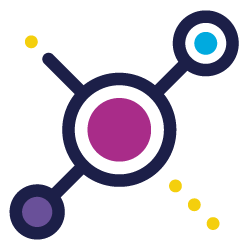
%E2%80%8B%20%E2%80%8B.png?length=256&name=Blue%20B__Implement-%20(Technology%20Implementation)%E2%80%8B%20%E2%80%8B.png)
%E2%80%8B%20%E2%80%8B.png?length=256&name=__Implement-%20(Technology%20Implementation)%E2%80%8B%20%E2%80%8B.png)
%E2%80%8B.png?length=256&name=Blue%20B__Adopt-%20(Technology%20Adoption)%E2%80%8B.png)
%E2%80%8B.png?length=256&name=__Adopt-%20(Technology%20Adoption)%E2%80%8B.png)
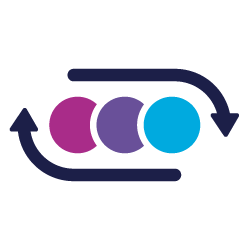

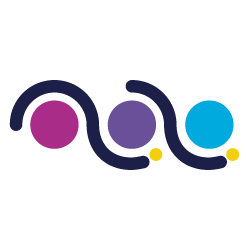

%E2%80%8B-%E2%80%8B%20%E2%80%8B.png?length=256&name=Blue%20B__Align%20(Content%20Alignment)%E2%80%8B-%E2%80%8B%20%E2%80%8B.png)
%E2%80%8B-%E2%80%8B%20%E2%80%8B-1.png?length=256&name=__Align%20(Content%20Alignment)%E2%80%8B-%E2%80%8B%20%E2%80%8B-1.png)
.png?length=256&name=Blue%20B__Activate%20(Content%20Activation).png)
-1.png?length=256&name=__Activate%20(Content%20Activation)-1.png)








